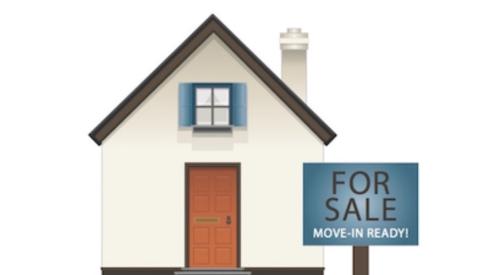|
Training — or rather the lack of it — is a big issue in new-home sales. Builders either don’t do enough training or they have no training budget. There are exceptions, of course, but many salespeople aren’t trained to consistently build traffic, connect with and educate customers, and close sales. Consequently, turnover in the profession is high.
Builders who don’t recognize the value of sales training are missing the boat, because lost sales will cost them a lot more than hiring a sales coach. We asked four of the industry’s leading trainers to identify key selling problems that can be overcome with the right training program.
Learn to Sell With Financing
The biggest deficiency of new-home salespeople, says Tom Richey, is that they’re not trained to sell and close with financing. He ought to know; the CEO of Houston-based Richey Resources has been working with builders and their salespeople for 53 years.
“If [builders] would take a minuscule portion of the profit they lose and train their salespeople in how to sell with financing, they would be way ahead of the game,” says Richey. “It’s not the price of the home that matters — it’s how much home one can own for how little per month.”
Don’t rely on your lender to do this training, Richey warns. Lenders will merely hand over their latest menu of mortgage products without educating salespeople in the nuances of different loan types and sources, credit, ratios, federal tax implications and so on.
“Builders and realtors say, 'I don’t want my salespeople talking about financing; it’s going to get me in trouble,’" he says. "That will drive a potential customer across the street to a competitor who does know about financing.”
Get Inside Their Heads
After marriage/divorce and life and death, buying a home is the third most emotional decision we make, says Jason Forrest, president of Shore Forrest Sales Strategies in Fort Worth, Texas. Once the federal tax-credit program ends, builders are going to have to learn to sell emotionally. That means getting to a much deeper level of understanding than salespeople typically achieve.
Forrest says salespeople have to be prepared for customers to say no, and all the emotional reasons they don’t want to buy — the fear and worry. “They have to ask themselves why the customer’s life will improve if they purchase a home. If they can’t answer that question, there’s no way [the customer is] going to buy.”
In his opinion, only about half of salespeople go beyond the “what” level. If a customer says he/she is looking for a four-bedroom, two-bath home with a game room, the salesperson should ask, “I’m curious: Why are you looking for a four-bedroom house? Why do you need the game room?”
The worst thing a salesperson can do is send prospective buyers off by themselves to tour model homes. “The model is an interactive interview,” Forrest says. “It’s the greatest prop you could possibly have to help understand how they’re going to live in the home emotionally. If you don’t know what [customers] are thinking and what they’re telling their spouses when you’re not around, you can’t help solve their problem.”
Spend More Time on Why, Not What
What concerns Jon Fogg most is that salespeople are very product-centered, asking such questions as “What size home are you looking for?”
"It's all about the product when it should be about the problem the customer's trying to solve," says Fogg. "And what we've found is that customers will decide in favor of the salesperson who was best at helping to solve their problems."
The people walking into your sales office are there because there’s something going on in their lives that’s causing the need to move, says Fogg, a partner with The Berke Group in Atlanta. Discovering the underlying reasons takes time, patience, followup and the ability to interview.
Berke's research shows that new-home salespeople spend an average of five minutes with a customer during the first visit. Yet customers are willing to spend up to three hours with a salesperson who engages them and is attentive to their needs and interests. “We teach salespeople to develop strategies to engage customers for a longer period of time," says Fogg. "If they can't get it all done in the first visit, we also help them develop a strategy for continuing the process."
Nurture Customer Relationships
Robert August, president of S. Robert August & Co., Centennial, Colo., is a firm believer in teaching the critical path: meeting and greeting, qualifying the buyer, demonstrating the product, handling concerns, closing and followup.
“Followup has always been very difficult, and most salespeople give up,” says August. “We train everyone in the use of social media. They must respond to an online inquiry within five minutes or the buyer is going to go elsewhere. After an on-site visit, they have to follow up with prospects within two hours.”
Follow-through is just as important. The salesperson should be present at meetings with the buyer and mortgage broker or banker to address any concerns the buyer might have, thereby reinforcing their relationship.
August says “relationship selling” is often misunderstood. Being nice to customers is fine, but that alone doesn’t lead to sales. “If you don’t continue closing that buyer and asking for the order and following up, the buyer will most often go somewhere else.”
He urges builders to view sales training as an ongoing process, not an event. “Salespeople need to put whatever they learn into use every day,” he says. “They should be held accountable for reviewing course material with their peers in the company. That will help them build their self-esteem and stay motivated.”
|












